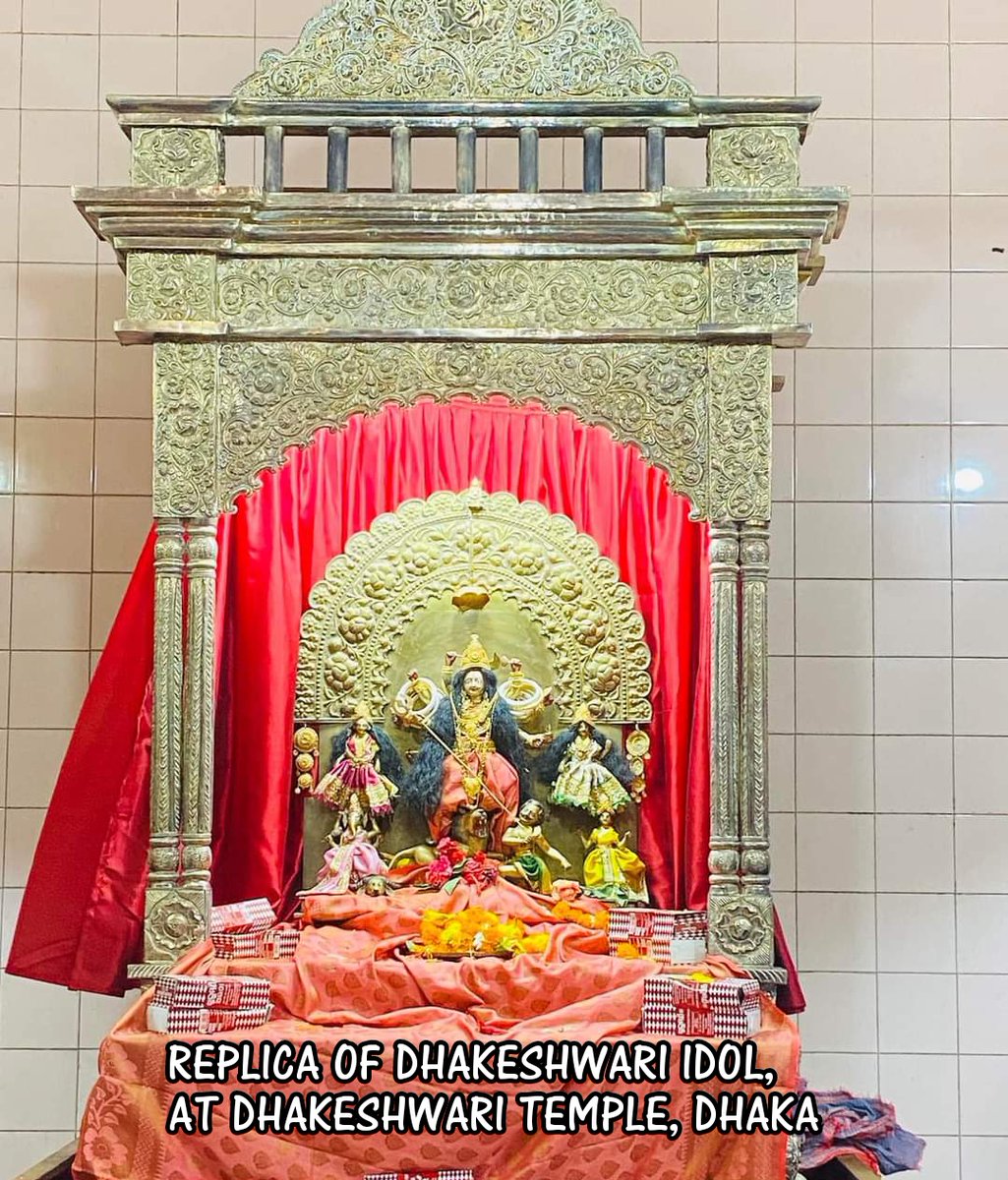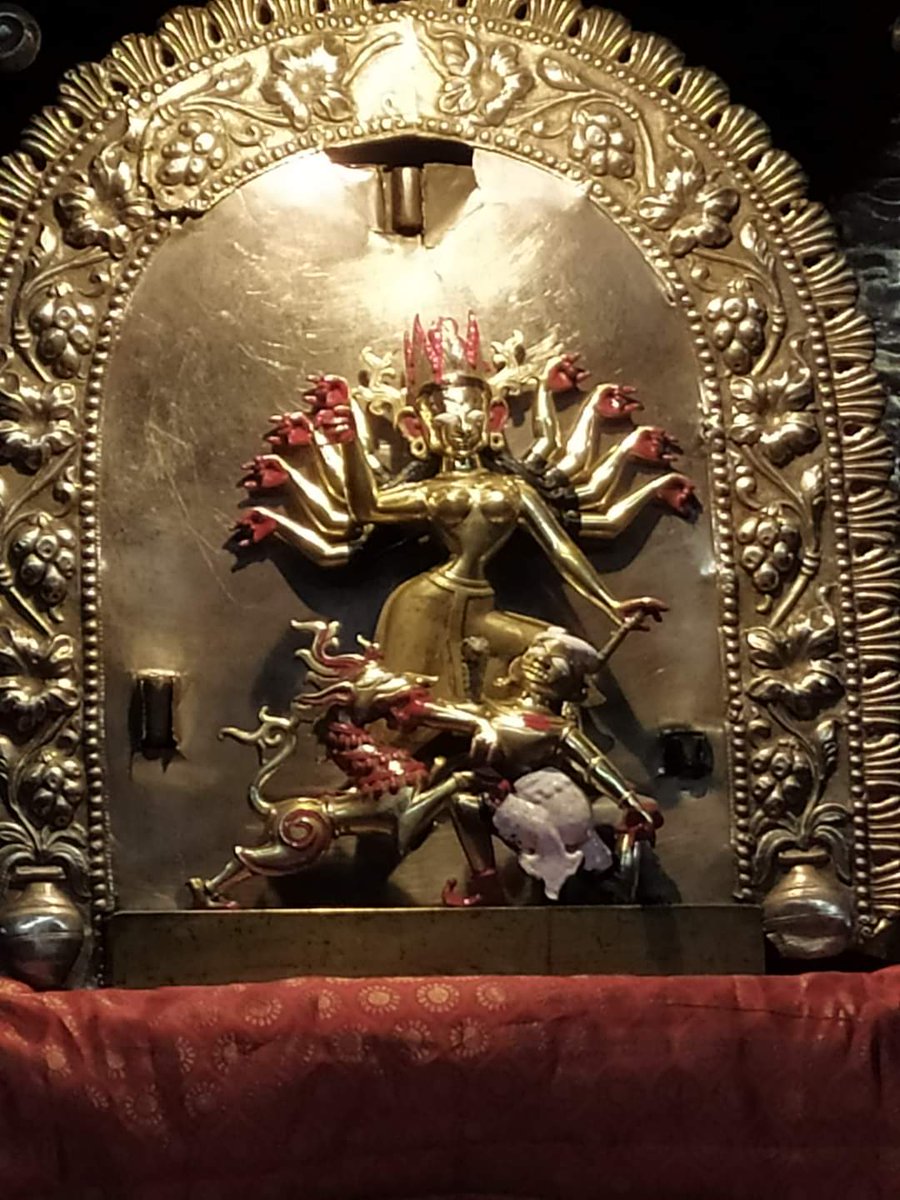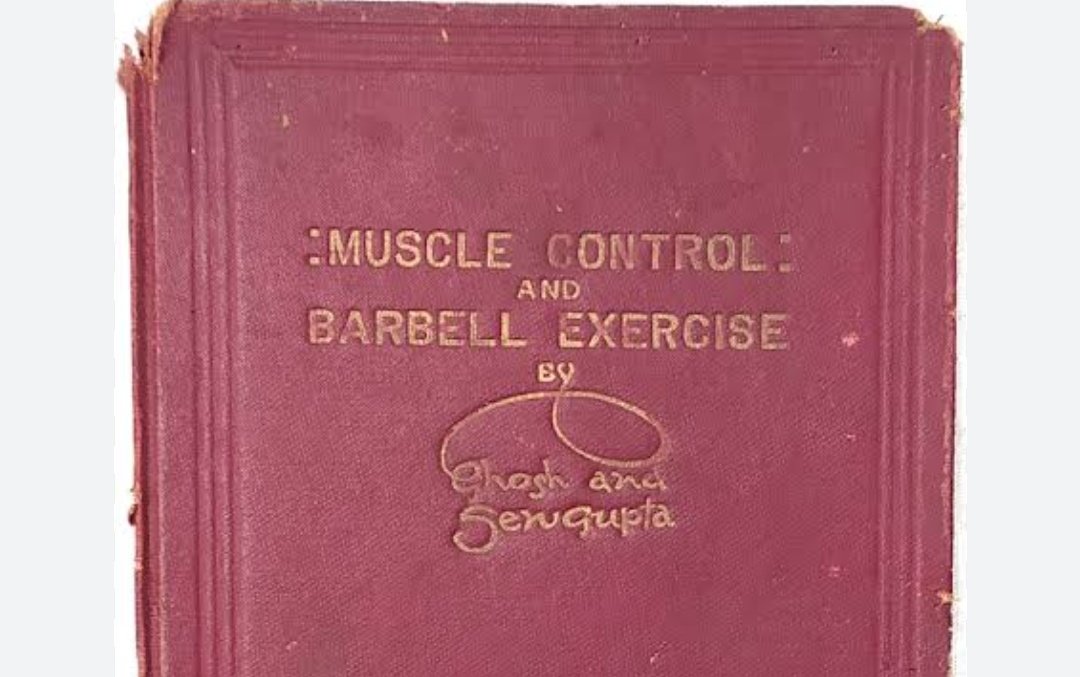🇧🇩 What compelled Devi Durga to cross the border in reality? 🇮🇳
The partition has such a widespread impact on the majority of aspects, such that even the Goddess had to cross the border. Debunking a myth, exploring a secret of Kolkata and more in this thread, 👇🧵
The partition has such a widespread impact on the majority of aspects, such that even the Goddess had to cross the border. Debunking a myth, exploring a secret of Kolkata and more in this thread, 👇🧵

Dhaka, the capital of Bangladesh, is synonymous with Devi Dhakeshwari, the presiding deity of the city. Dating back to the 12th century, it's said that Ballal Sen recovered the Devi's idol amid a forest after receiving a dream. So, he established a dedicated temple 

near his birthplace to glorify the place. Dhakeshwari Devi's establishment leads back many centuries later. Gradually, the temple became of immense importance as a pilgrimage of Bengal, and the place came to be called Dhaka after the goddess or vice versa. 

Dhaka became the national capital, and the legacy of Dhakeshwari continued. Gradually, the temple became associated with many folklores and stories of spiritual importance. Pandits claimed that Dhakeshwari has been referred to as an upapitha according to peeth nirnay tantra, 

where the crown of the goddess fell. The popularity of Dhakeshwari kept increasing. To this day, it remains one of the most visited sites in the country every year. There are stories about how the Dhakeshwari temple remained a shelter for the locals during crisis times, 

including a secret den for nationalist movement participants. But with increasing importance and popularity, the Dhakeshwari temple became a symbol of conquest for the miscreants. So, it had to face a lot of events and invasions, but it resurrected again and again. 

But what happened during the 1946s was an incident that led to different circumstances and once again proves the everlasting effect the partition had on human lives. 

With the announcement of the partition, riots began on both sides, and there was frequent unrest everywhere. The Dhakeshwari temple witnessed multiple attacks. Local devotees became tense regarding the protection of the 800-year-old Devi. Secret meetings were conducted, 

and they finalized a decision. The trustee board decided to shift the Goddess to the heart of the other Bengal, yes, our Kolkata! Under the generous businessman Debendranath Chadhury's personal efforts, a special chartered plane was arranged in the night. 

With some of the core priests, it landed in Kolkata. The majority of residents of Dhaka were also shifting to West Bengal during the same unrest times. So technically, the 800-year-old Dhakeshwari left her presiding land Dhaka, and the temple remained closed for some time. 

A newly made replica statue of the goddess was installed in the temple of Bangladesh. The Dhakeshwari idol remained and was served in the personal house temple of Debendranath babu for two years in utmost secrecy, to save it from every danger. 

After 2/3 years, some normalcy was restored, and a new temple was constructed in the heart of proper Kumartuli, Durgacharan Road, and the goddess was installed there. The temple was named Dhakeshwari temple, Kumortuli, following its original name. And thus, a new innings began 

almost in an unnoticed way to maintain the secrecy. Years of journey continued, and at multiple occasions, the authority decided to reinstall the deity in Dhaka, but every time problems prevailed. The Kumartuli finally decided to give up when Dhakeshwari Temple at Dhaka suffered 

massive damage during the liberation wars in 1971. Pak army heavily damaged the premises, took over the temple interiors, made it their storage room. After declaration of Independence, the govt. & locals took charge again, it took a long time to restore it to what we see today. 

But that incident made a setback in placing back the original Dhakeshwari idol, and they felt Kumortuli is a safer place for the conservation of this immensely historically significant asset. Dhakeshwari temple was announced as the national temple, and the government mentored the 

initiatives for its proper functioning and development. The original 800-year-old, 1.5 feet tall precious, one-of-a-kind Mahishasurmardini Durga idol, with two prominent hands and eight comparatively smaller hands in the back, standing on the lion and slaying the asur, 

better known as Goddess Dhakeshwari, still remains in a comparatively lesser known temple at Kumartuli, Kolkata, and yes it's true! Artisans of the place follow the ritual of offering puja to the goddess every year before the onset of the making of Kathamo of Durga idol. 

The same ritual is followed by the Durga puja organizers of the place too. And with her blessings, they come up with magnificent pandals and idols every year. The Kumartuli Dhakeshwari temple is presently facing a problem in its maintenance, 

as the descendants have reduced and there are issues regarding the trustee board. Many visitors from Bangladesh visit the place every year during the pujo, who cannot forget their roots. But it is mostly unknown to inhabitants here regarding the history of Dhakeshwari in Kolkata 

So we would like to request every Kolkata and pujo/history lover to explore and visit this place at least once, and share the history of the temple with their acquaintances. When partition, made Goddess cross the border.
END
#Durgapuja2023
Pictures from internet. (Read Alt👇)
END
#Durgapuja2023
Pictures from internet. (Read Alt👇)

• • •
Missing some Tweet in this thread? You can try to
force a refresh























